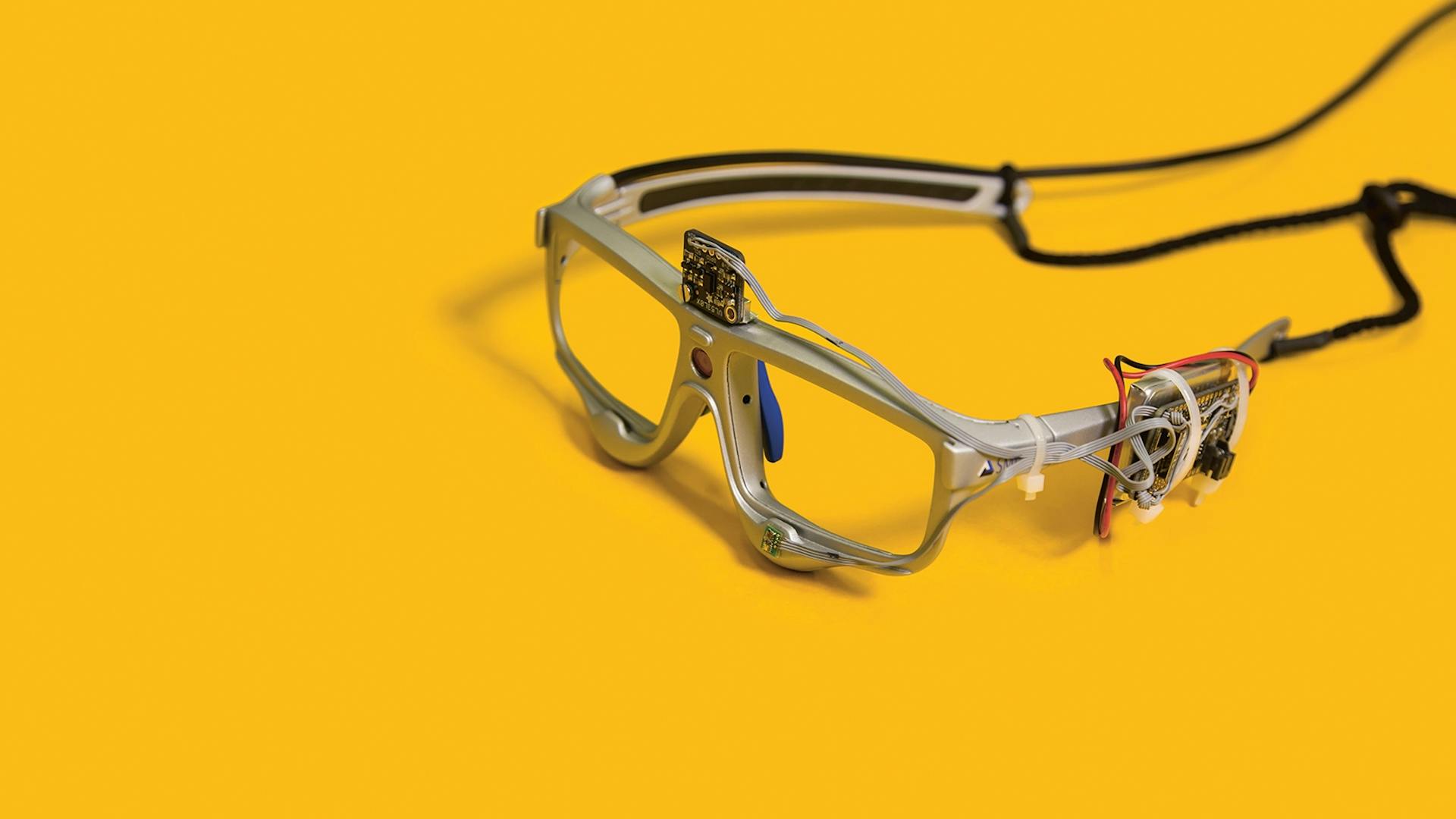
00
A close look at myopiad
Short-sightedness is reaching pandemic proportions. The reasons for this are unclear. As part of a research project sponsored by the FreeNovation program of the Novartis Research Foundation, two scientists from Basel try to shed light on this phenomenon by collecting data in an innovative way.
Text by Goran Mijuk, photos by Jan Räber


Share
Live Magazine
This site is intended for a global audience.

Share

